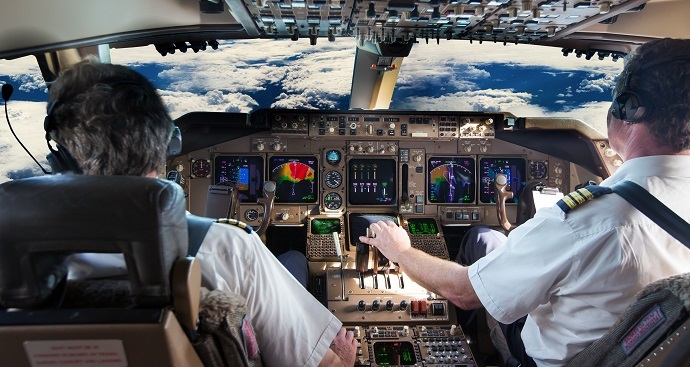EASA – Flight Simulation Training Device (FSTD) Considerations – Review by Sofema Aviation Services (SAS) www.sassofia.com
Introduction
Compliance Required as follows:
Flight Simulator Training Devices (FSTD) shall comply with Certification Specification CS-FSTD(A) the following terms and abbreviations are contained in AMC1 FSTD(A).200.
Flight simulation training device (FSTD)’ means a training device which is In the case of aeroplanes:
- A full flight simulator (FFS),
- A flight training device (FTD),
- A flight navigation procedures trainer (FNPT),
- or A basic instrument training device (BITD).
EASA Qualified FSTDs
An EASA FSTD qualification certificate has an unlimited duration (ARA.FSTD.100). It remains valid as long as its “Status” is ACTIVE.
Additional Information:
- The “Status” of the FSTD is set to ACTIVE if the device can be used for training and checking activities. (EASA may change the “Status” information when an action has been taken by the FSTD organisation to de-activate the FSTD or surrender the certificate).
ARA.ATO.105 Oversight Programme Regulation (EU) No 1178/2011
The oversight programme for ATOs shall include:
- The monitoring of course standards,
- A sampling of training flights with students, if appropriate to the aircraft used.
o This aeroplane training may be completed after the student pilot has completed the FSTD training and has successfully undertaken the type rating skill test, provided it does not exceed 2 hours of the flight training course.
Courses approved for ZFTT
During the specific simulator session before line flying under supervision (LIFUS), consideration should be given to varying conditions, for example:
- runway surface conditions;
- runway length;
- flap setting;
- power setting;
- crosswind and turbulence conditions; and
- maximum take-off mass (MTOM) and maximum landing mass (MLM).
At least one landing should be conducted as a full-stop landing. The session should be flown in normal operation. Special attention should be given to the taxiing technique.
A training methodology should be agreed with the competent authority that ensures the trainee is fully competent with the exterior inspection of the aeroplane before conducting such an inspection un-supervised.
The LIFUS should be performed as soon as possible after the specific FFS session.
The licence endorsement should be entered on the licence after the skill test, but before the first four take-offs and landings in the aeroplane.
- At the discretion of the competent authority, provisional or temporary endorsement and any restriction should be entered on the licence.
Note – Where a specific arrangement exists between the ATO and the commercial air transport operator, the operator proficiency check (OPC) and the ZFTT specific details should be conducted using the operator’s standard operating procedures (SOPs).
All training exercises should be designed to remain within the training envelope as determined by the ATO.
Aeroplane without FFS
Flight training conducted solely in an aeroplane without the use of FSTDs cannot cover the crew resource management (CRM) and multicrew cockpit (MCC) aspects of MPA flight training, and for safety reasons cannot cover all emergency and abnormal aircraft operation required for the training and skill test.
In such cases, the ATO should demonstrate to the competent authority that adequate training in these aspects can be achieved by other means.
For training conducted solely on a Multi Pilot Aeroplane (MPA) where two pilots are trained together without the use of an FSTD,
- A minimum of 8 hours of flight training as pilot flying (PF) for each pilot should normally be required.
For training on a single-pilot aeroplane –
- 10 hours of flight training should normally be required.
It is accepted that for some relatively simple single or multi-engine aircraft without systems such as pressurisation, flight management system (FMS) or electronic cockpit displays, this minimum may be reduced.
Aeroplane training normally involves an inherent delay in achieving an acceptable flight situation and configuration for training to be carried out in accordance with the agreed syllabus.
- The training syllabus should provide adequate flexibility to enable the minimum amount of required flight training to be carried out.
Additional Upset Prevention and Recovery Training (UPRT) should include elements and respective components of upset prevention training.
Next Steps
Follow this link to our Library to find & Download related documents for Free.
Sofema Aviation Services & Sofema Online provide EASA Compliant Regulatory and Vocational training please see the websites or email team@sassofia.com
Tags:
FNPT, Flight Simulation Training Device, Full Flight Simulator, Training Device, Upset Prevention and Recovery Training, MLM, MTOM, ZFTT, EASA Qualified, BITD, Aircraft, FTD, FFS, AMC1 FSTD(A).200, CS-FSTD(A), FSTD, SAS blogs, ATO, Training, EASA





